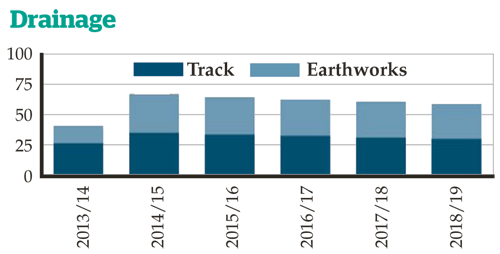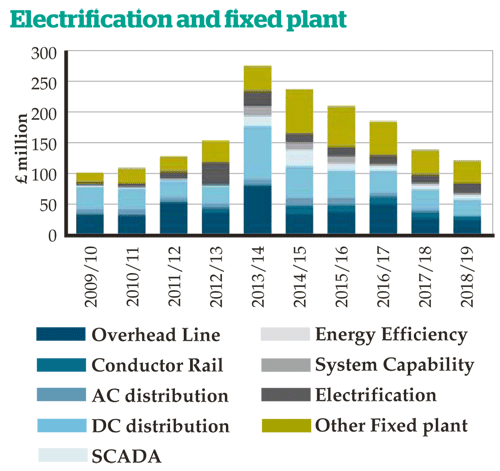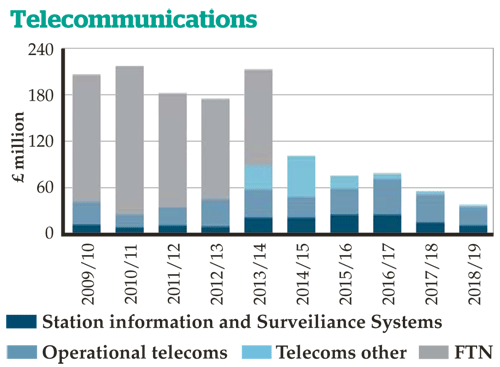This means that any emerging plan would understand the impacts of these other developments on what rail can and cannot achieve, and build on opportunities, while mitigating risks. The plan would also allow these other industries to understand their interactions with rail, and act accordingly.
Second, a successful plan should reduce uncertainty about where the sector is going, and what it is trying to achieve.
While this may not mean commitment from government to specific investments more than five years into the future, clear direction on outcomes and (ideally) consistent outputs should help users and investors - both in the railway and integrated with the railway - make better decisions, reducing the cost of investment.
Third, a well-run process of engagement with consumers and industry stakeholders on where the industry is going should deliver buy-in for what is going to happen.
People may not like the decisions taken, but they will have been involved in the process and be able to change their plans accordingly. Recent experience from water and energy shows that customer engagement can play an important role in the long-term planning process, and can help infrastructure providers to question long-held internal beliefs.
Renewal plans for infrastructure assets - Expenditure profiles through


A final outcome, which may come as a surprise, is more effective democracy. A well-run process of putting together a strategic infrastructure development plan should (in my view) involve government making political trade-offs, in a transparent way.
All too often in the infrastructure sectors, government leaves key policy decisions to inquiry commissions or independent regulators. A more logical approach (requiring political bravery) would be that the process reveals a set of trade-offs, with politicians using their electoral mandate to decide where to draw the line.
As a long-term vision and investment plan is being developed, a number of criteria will need to be considered, in order to guide the process. What is it that rail should be trying to achieve? You will have your own list, but I suggest some that rail may wish to consider incorporating:
- Spending review ‘outcomes’: If you want to be particularly ‘on message’, a good place to start is probably the list of things that the 2015 Spending Review is seeking to achieve. These include innovation, promoting growth and productivity, the devolution agenda, quality, choice and competition, and efficiency and effectiveness.
From this list, I would highlight the inherent tension that rail will have to resolve between increasing capacity in response to increased demand, and demand management. Under different funding scenarios, rail investment will be higher or lower, as will crowding (and therefore productivity). What you will have to agree between you is where to draw the line.













